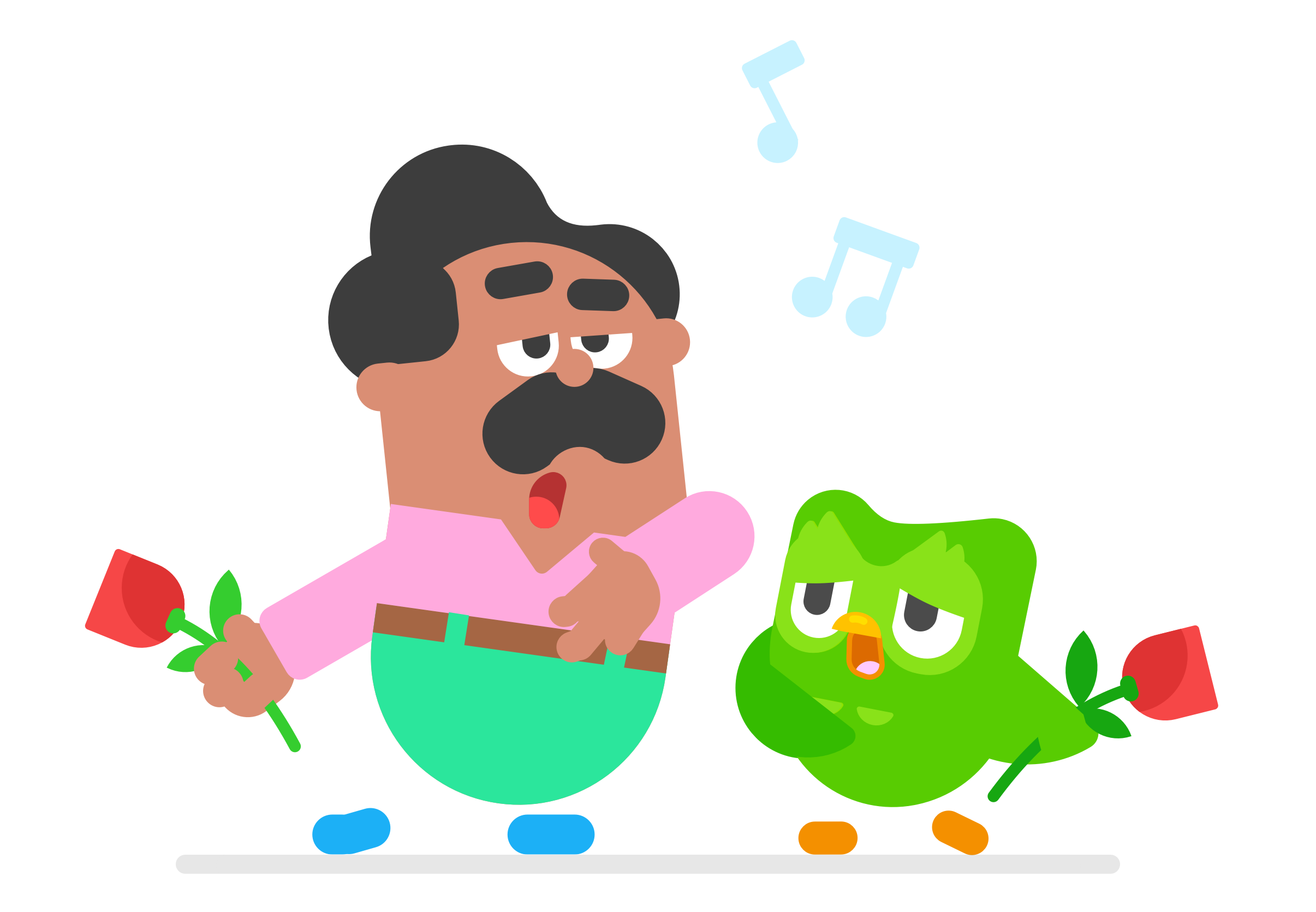If you’re studying a language, then you’re no stranger to love. It’s the excitement of learning a new verb tense, it’s the butterflies in your stomach when you make a joke in the language, it’s the quickening of your pulse when you overhear—and understand—someone using it on your morning commute. That’s amore.

But when linguists talk about “Romance” languages, this learning lovefest is not what they have in mind. Romance languages are a group that all came from Latin. You’ve definitely heard of some of them, but there are some facts about Romance languages that might surprise you!
Romance languages started with Latin
Latin comes from the Indo-European language family—a huge group of related languages with their origins in Europe and Central Asia. Latin hitched a ride through Europe on the back of the Roman Empire, and the language of the Romans spread to present-day Spain, France, and the Balkans, among many other places—all lands that already had people, languages, and cultures all their own. So, when the Romans showed up, the versions of Latin (often called Vulgar Latin) that they spoke did some combination of mixing, dominating, and destroying the languages they encountered.
“Vulgar” Latin simply means how people actually spoke—unlike the Classical Latin used for writing, government business, and modern high school Latin classes. Latin dialects spread throughout Europe over many centuries, so the words, accents, and grammar that Romans took with them in 200 BC were often really different from what regular Roman people were using a thousand years later—even if today we call them both “Latin.”
So the different varieties of Latin that ended up spreading around Europe continued to evolve over time. Today we call them Romance languages!
There are more than a dozen Romance languages still spoken today
The Romance language family includes Spanish, French, Italian, and Portuguese, but there are many more—even within Spain, France, Italy, and Portugal! Others include Asturian, spoken in the very north of Spain; Sicilian, spoken in Sicily; Occitan, spoken in France; and Ladino, also called Judeo-Spanish, which is spoken by some of the Sephardic Jewish diaspora. There are over two dozen Romance languages spoken around the world!
Romance languages still show traces of the languages they replaced
Today, modern Romance languages often have words or grammar rules from the Celtic, Germanic, Slavic, or other languages that they encountered across Europe. For example, Romanian has a lot of influence from Slavic languages. There’s plenty that it shares with its Romance language siblings, especially Italian, but you’ll also find a lot of vocabulary in Romanian that comes from Slavic languages!
Start a little romance of your own
Ready to discover these similarities and differences for yourself? Duolingo offers six different Romance languages: Spanish, Catalan, French, Portuguese, Italian, and Romanian -- as well as Latin itself. Learners who want even more should check out Esperanto, a conlang based on Romance and other European languages!
To practice Romance languages every day, download Duolingo on Apple or Google Play stores.



